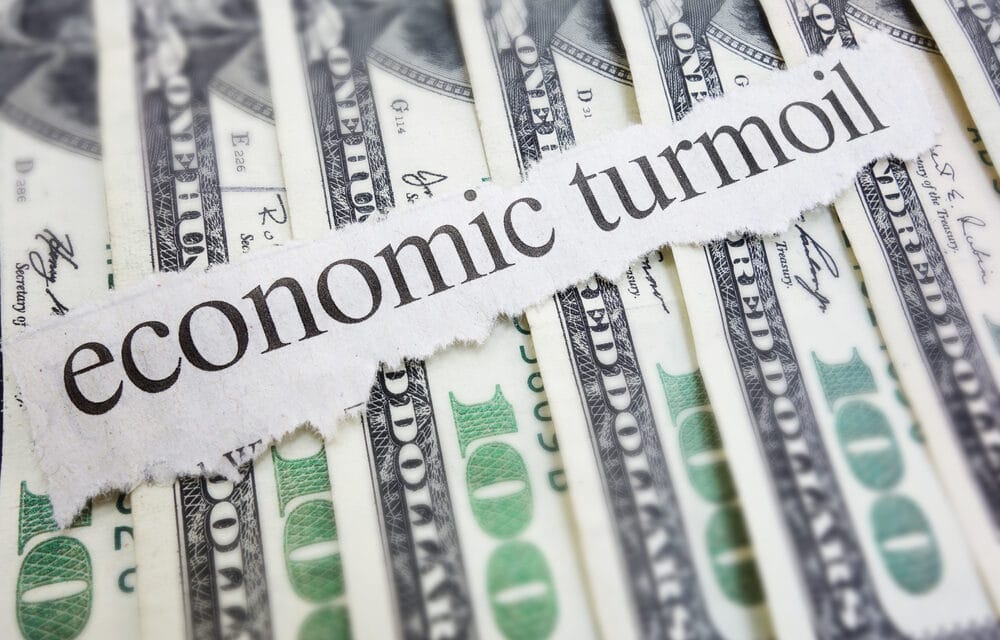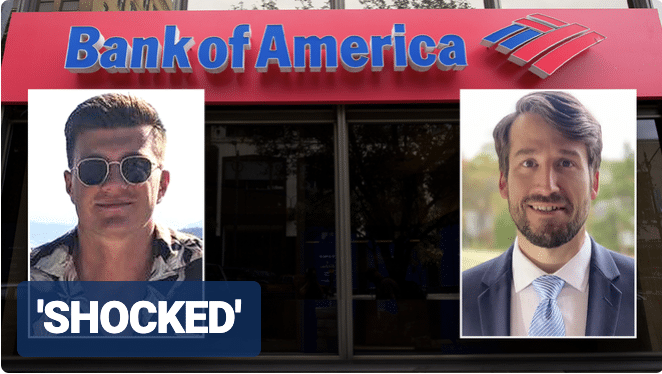(OPINION) Thomas Hoenig doesn’t look like a rebel. He is a conservative man, soft-spoken, now happily retired at the age of 75. He acts like someone who has spent the vast majority of his career, as he has, working at one of the stuffiest and powerful institutions in America: the Federal Reserve Bank.
Hoenig has all the fiery disposition that one might expect from a central banker, which is to say none at all. He unspools sentences methodically, in a measured way, never letting his words race ahead of his intended message. When Hoenig gets really agitated he repeats the phrase “lookit” a lot, but that’s about as salty as it gets.
This makes it all the more surprising that Tom Hoenig is, in fact, one of America’s least-understood dissidents. In 2010, Hoenig was president of the Federal Reserve regional bank in Kansas City. As part of his job, Hoenig had a seat on the Fed’s most powerful policy committee, and that’s where he lodged one of the longest-running string of “no” votes in the bank’s history.
Hoenig’s dissents are striking because the Fed’s top policy committee — called the Federal Open Market Committee, or FOMC — doesn’t just prize consensus; it nearly demands it. The committee likes to present a unified front to the public because it is arguably the most powerful governing body in American economic affairs.
Hoenig’s string of dissents shattered that appearance of unanimity at a critically important time, when the Fed was expanding its interventions in the American economy to an unprecedented degree. It was a hinge point in American history, and the economy has never been the same since.
Between 2008 and 2014, the Federal Reserve printed more than $3.5 trillion in new bills. To put that in perspective, it’s roughly triple the amount of money that the Fed created in its first 95 years of existence. Three centuries’ worth of growth in the money supply was crammed into a few short years. READ MORE

















